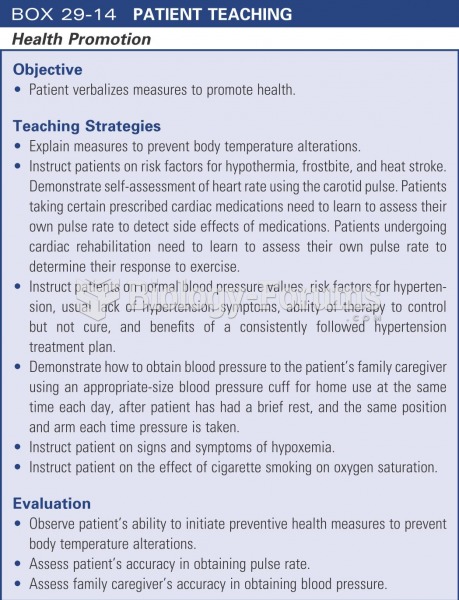Answer to Question 1
Answer: 1
Explanation: 1. Providing health care within a correctional facility to the inmate population saves taxpayer funds that would be otherwise spent transporting inmates and using taxpayer monies for health care in outside facilities. While care can be delivered in correctional facilities, it is not guaranteed that the inmate population will get to its highest level of health, nor does it guarantee that health problems can be diagnosed earlier. There is a potential for educating the inmate population about healthy behaviors but it is not an expectation of health care in such a facility.
Answer to Question 2
Answer: 2, 4, 5
Explanation: 2. Evidence that interventions to reduce high blood pressure have been effective include a drop in average systolic blood pressure, implementation of low or no added salt food items in the cafeteria, and employees engaging in physical activity instead of smoking. Reductions in overtime and absenteeism cannot be linked to changes made to address employee high blood pressure.
4. Evidence that interventions to reduce high blood pressure have been effective include a drop in average systolic blood pressure, implementation of low or no added salt food items in the cafeteria, and employees engaging in physical activity instead of smoking. Reductions in overtime and absenteeism cannot be linked to changes made to address employee high blood pressure.
5. Evidence that interventions to reduce high blood pressure have been effective include a drop in average systolic blood pressure, implementation of low or no added salt food items in the cafeteria, and employees engaging in physical activity instead of smoking. Reductions in overtime and absenteeism cannot be linked to changes made to address employee high blood pressure.







